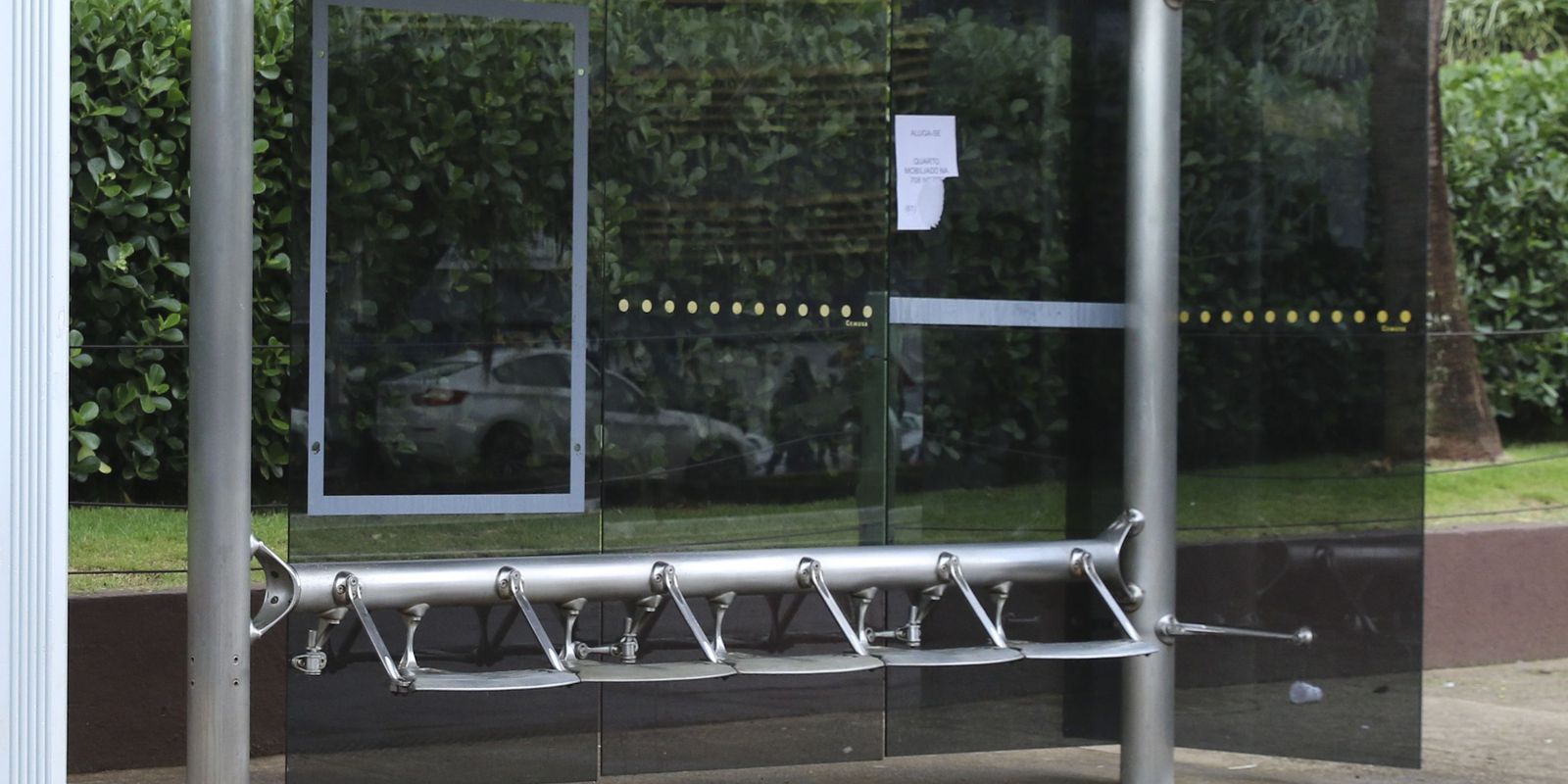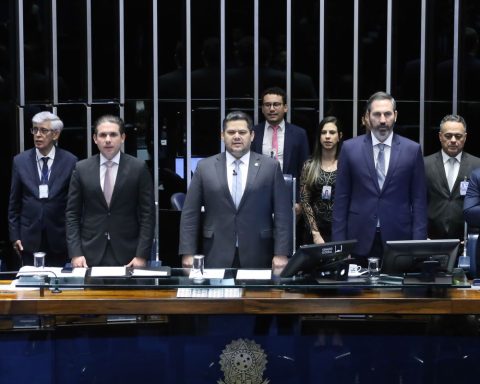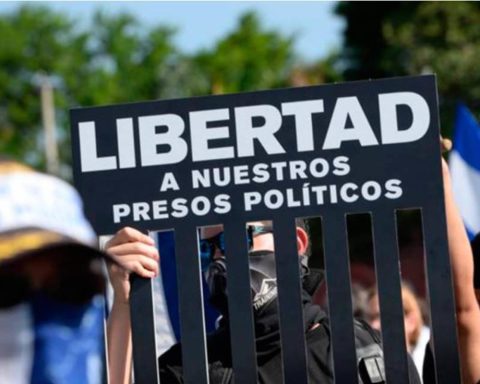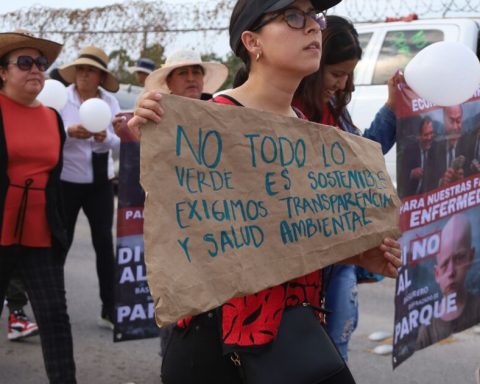The Padre Júlio Lancellotti Law, which prohibits so-called hostile architecture in public spaces, was enacted. The text of the law was republished in today’s edition (11) of the Federal Official Gazette (DOU).
The law had already been published in Official Diary of the Union dated December 22 of last year, but had to be republished after a correction. Approved by the Chamber of Deputies and the Senate, the law was vetoed by the former president of the Republic Jair Bolsonaro, but the veto was overridden by Congress and now the law has been enacted.
The Padre Júlio Lancellotti Law prohibits the construction or installation of hostile structures in public facilities to make access difficult for homeless people, for example.
The name of the law is a reference to the religious priest Júlio Lancellotti, who, since 1986, promotes social work aimed mainly at the homeless population in the city of São Paulo. Coordinator of Pastoral do Povo de Rua, Lancellotti went viral when he used a sledgehammer to remove sharp stones that had been installed by the City of São Paulo on an overpass in the city, to prevent the place from being used as a shelter by the homeless population.
The priest even helped create the Dom Pedro Casaldáliga Aporophobia Observatory to denounce places across the country that are adopting hostile architecture to remove the presence of homeless people. Aporophobia is a term that designates the hatred or aversion to the poor.

















